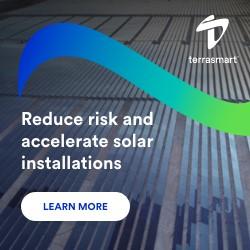Soft approach leads to revolutionary energy storage
Monash University researchers have brought next generation energy storage closer with an engineering first - a graphene-based device that is compact, yet lasts as long as a conventional battery.
Published today in Science, a research team led by Professor Dan Li of the Department of Materials Engineering has developed a completely new strategy to engineer graphene-based supercapacitors (SC), making them viable for widespread use in renewable energy storage, portable electronics and electric vehicles.
SCs are generally made of highly porous carbon impregnated with a liquid electrolyte to transport the electrical charge. Known for their almost indefinite lifespan and the ability to re-charge in seconds, the drawback of existing SCs is their low energy-storage-to-volume ratio - known as energy density. Low energy density of five to eight Watt-hours per litre, means SCs are unfeasibly large or must be re-charged frequently.
Professor Li's team has created an SC with energy density of 60 Watt-hours per litre - comparable to lead-acid batteries and around 12 times higher than commercially available SCs.
Comments (0)
This post does not have any comments. Be the first to leave a comment below.
Featured Product

